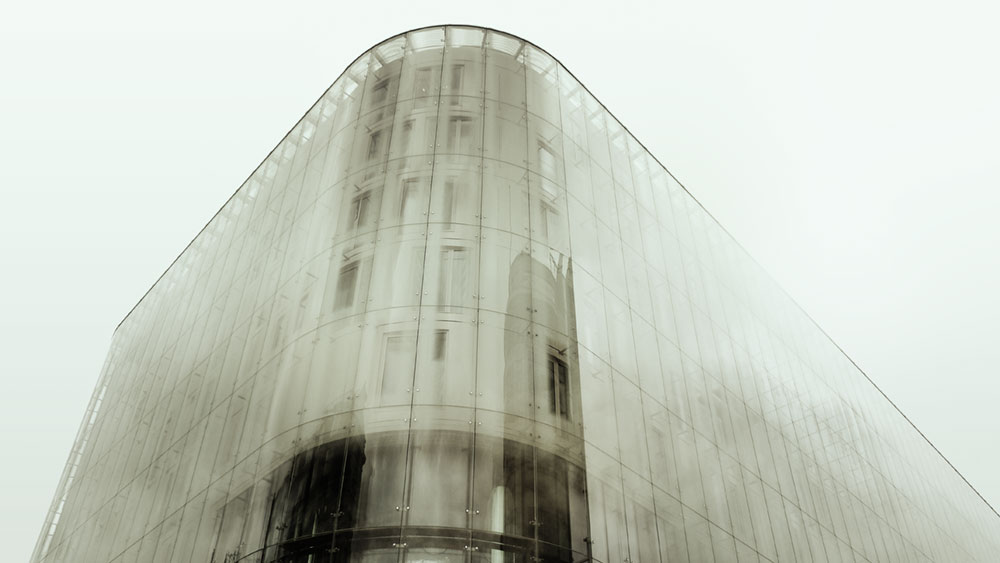There are few contemporary forms of representation that do not, in some way, make reference to the cinematic apparatus: to the filmic event and the spectator-effects that constitute the experience of cinema. The artifice of the mise-en-scene, architectural scale, the use of the screen and projected light, and the principles of montage and editing that form the basis of narrativity, are some of the formal characteristics of cinema that constitute the cultural image from fashion photography to corporate advertising and television.
Likewise, fine art practice makes use of cinematic and media codes of image production, such that traditional distinctions between them are less easy to make. If, for the Baroque, ‘all the world was a stage’, for the twentieth century, all the world is cinema; any time and place may be captured, fantasised or simulated on film. Indeed, the further society has moved away from traditional means of production, the more it has depended on reproductive technologies to provide its knowledge of itself.
But it is here that a certain anxiety comes into play; for in a world in which mediated reality supersedes the experiential evidence of the body, who is the subject of knowledge, and what guarantees its truth? How the human subject becomes constituted by cultural representations and their attendant ideological effects is a current preoccupation in contemporary art; and since the mise-en-scene of cinema and its derivatives are implicated in this discourse, it may be interesting to parallel some of these concerns in art by tracing the narrative of the subject through two films: Michelangelo Antonioni’s Blow Up (1966) and Brian de Palma’s Blow Out (1981). The films are separated by fifteen years; the former is contemporary with the crisis of high modernism, and the latter with the emergence of a postmodern critique of the inherent contradictions of modernism. The leading character in each case is a specialist in image-making: one is a photographer, the other is a sound-effects technician; both encounter, in different ways, a problem of their relation to the ‘truth’ of representation.




